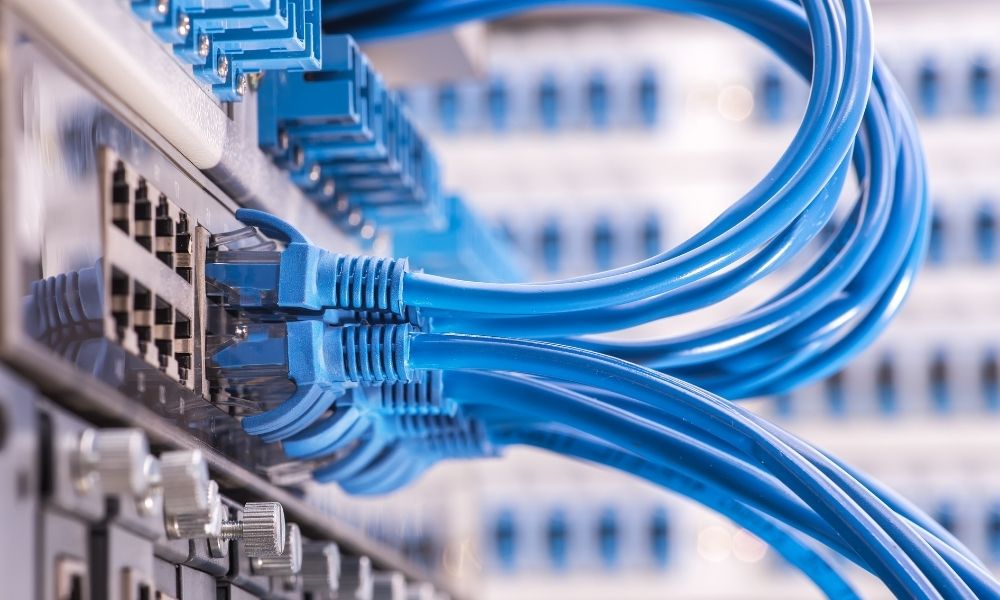The Different Types of Ethernet Cables

To understand the different types of ethernet cables, you must first understand their evolution. We will cover the coaxial cables and how they initially affected internet and network services. Then we will cover twisted pair cables and how they are used today. And finally, we will look at fiber-optic cables and how they affect internet use. Continue reading to explore the different types of ethernet cables used in production today.
Coaxial Cables
As the first type of information transference to be made via cable lines, coaxial cables have been used for years to transfer data. The makeup is simple, with a solid copper cord that runs through the center, followed by a layer of insulation and then another layer of copper on top of that to deter any kind of interference from outside static. Currently, the downloading speed of coaxial connections maxes out at 10mbps, which was a standard issue at one time but has now been replaced with other forms such as twisted cabling and fiber-optics.
Twisted Cables
Taking multiple layers of wiring with the same strength individually as the coaxial, cables are paired together and twisted, and then they are paired up again by the twisted cables to provide internet network service at high speeds. This technology works through the jacketing that each individual wire has around it, and then twisting them together gives them multiple layers of protection to neutralize any interference that might take place.
Fiber-Optic Cables
Fiber optic cables are the most advanced form of connection that you can get to date. It works through light signals sent electrically through a glass shielded wiring where fiber-optic threads are placed centrally, covered in glass, and extra insulation to prevent any interference. This is one of the most advanced wiring systems on the market, albeit one of the most expensive to go with.
So, whatever your choice, whether that be twisted or fiber optic, you’re in luck because both provide great service. However, fiber-optic often requires less maintenance due to the substantial upfront cost. While due to its performance, the twisted cable can compete with the fiber optic easily. These are the different types of ethernet cables and why you should know the difference before investing in one.





